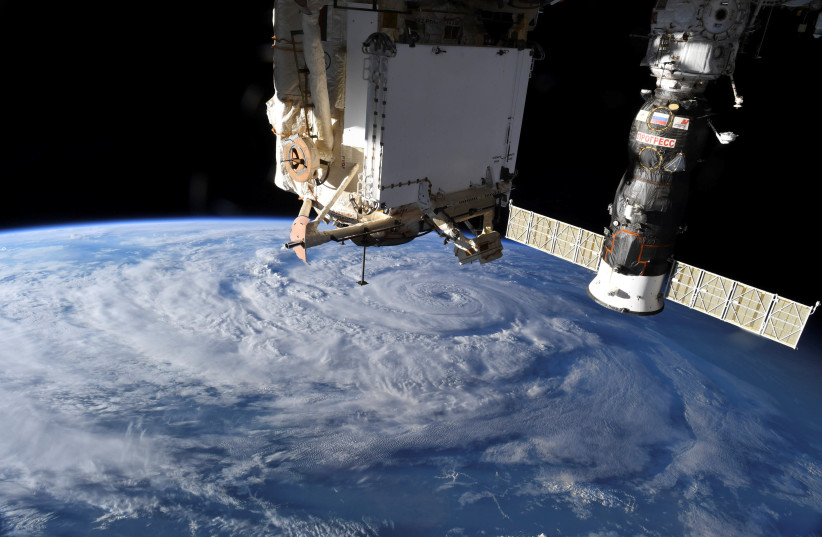Despite the name, the space hurricane has nothing to do with terrestrial storms. Unlike the latter, which takes place in the earth’s lower atmosphere, spatial hurricanes take place in the upper atmosphere. The ‘storm’ here consists of a combination of solar winds (high-speed plasma released by the sun) and magnetic field lines. Eventually the winds move fast and due to the magnetic field lines they form a shape similar to an earthly hurricane. And just like an ordinary hurricane rains rain, so does the spatial hurricane.
But although scientists had theoretical knowledge about the phenomenon, it was unclear whether it really existed. The fact that such storms would not be visible to the naked eye only makes it less likely that someone was discovered.
One such storm was discovered, with four weather satellites detecting it at the magnetic North Pole when it raged for about eight hours on August 20, 2014.
The magnetic field lines at the North Pole caused the storm of plasma and charged particles to form a rotating funnel shape, with a silent “eye” in the center, similar to the eye of a storm.
But scientists are certain that it was not just a one-time event, but that hurricanes in space generally had to occur on other planets with a magnetic shield and plasma in its atmosphere.
cnxps.cmd.push (function () {cnxps ({playerId: ’36af7c51-0caf-4741-9824-2c941fc6c17b’}). deliver (‘4c4d856e0e6f4e3d808bbc1715e132f6’);});
if (window.location.pathname.indexOf (“656089”)! = -1) {console.log (“hedva connatix”); document.getElementsByClassName (“divConnatix”)[0].style.display = “none”;}
“Plasma and magnetic fields in the atmosphere of planets exist throughout the universe, so the findings suggest that hurricanes in space must be a widespread phenomenon,” explained co-author Mike Lockwood, a space scientist at the University of Reading.
Despite the intimidating name, hurricanes in space are not inherently dangerous, as the atmosphere in the upper atmosphere poses little or no threat to the rest of the planet.
However, it can have an impact on GPS, radio signals and even satellite tracking. In a statement, lead author, prof. Qing-He Zhang, of Shadong University in China, warned that the phenomenon could lead to “increased errors in radar location, satellite navigation and communications systems over the horizon.”
